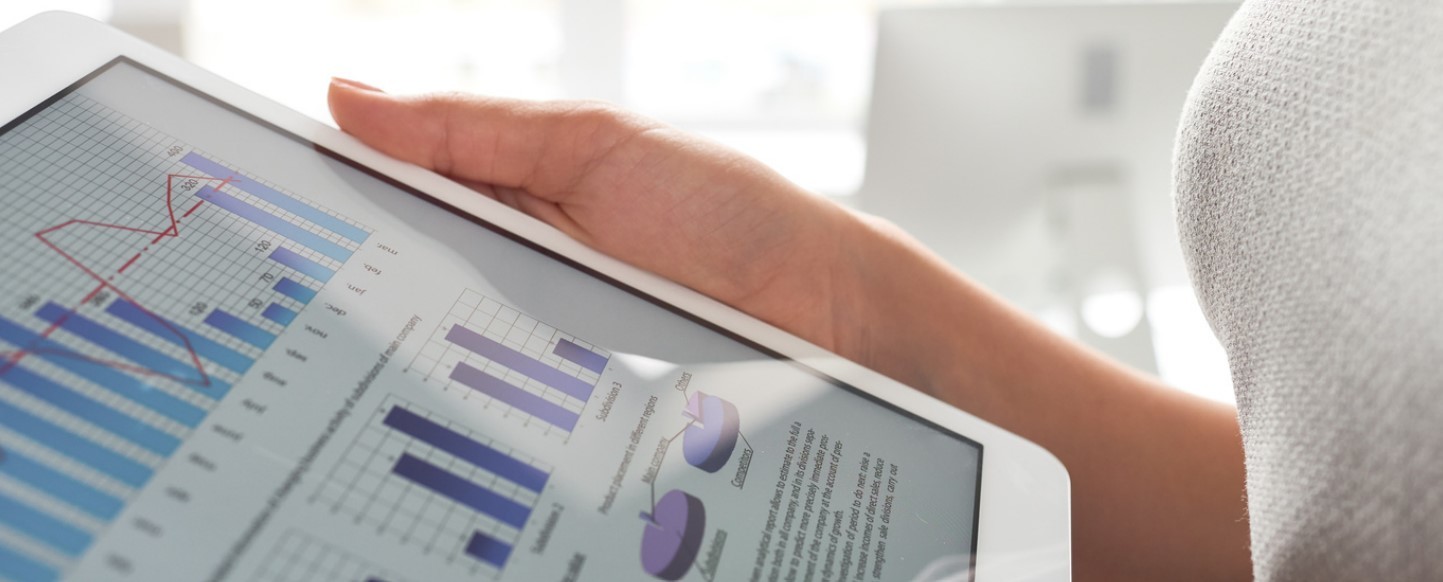QuantCube: Improving financial estimates and forecasts with the use of Copernicus

QuantCube
QuantCube Technology is a fintech company that provides high quality financial performance indicators to its clients.
Founded in 2013 by two entrepreneurs with strong expertise in Artificial Intelligence (AI) and Big Data, the company counts today in its portfolio of clients financial institutions such as Moody’s, the World Bank, Banque de France, Ardian, and Union Bancaire Privée (UBP).
The challenge
Financial forecasting is the process by which companies think about and prepare for the future. Forecasting involves assessing historical and current data concerning macroeconomics, environmental, social and governance factors.
While plenty of official economic data exists, these are often published with a lag of three or four months and for some areas of the world such data is difficult to access. As an example, up-to-date information on urban growth or maritime traffic, which can be linked to economic growth, is not available for many geographic areas, and it needs to be retrieved from sources other than official reports.
The satellite solution
Copernicus data are used by QuantCube to collect real-time information on four wide sectors of activity that are crucial to economic growth.
Agriculture: Sentinel-2 images, as well as meteorological data, are used to calculate real-time estimates of the crop yield per region and country, allowing for better tracking of agricultural activities.
Pollution: Sentinel-5p satellite images allow QuantCube to estimate the level of pollution per region and per country, focusing on the industrialised areas. Assessing the level of pollution (and in particular of NO2 emissions), allows for the tracking of industrial production.
Urban growth: Sentinel-2 images are used to measure and monitor urbanised surfaces and their yearly evolution. This helps QuantCube to track how cities change over time.
Water stress: Sentinel-2 satellite images allow for the montoring of water sources. Monitoring the fluctuation of water surfaces enables QuantCube to foresee droughts, which have a noticeable impact on water-intensive economic sectors.
To obtain the best possible accuracy, QuantCube Technology couples information extracted from satellite imagery with other data sources, such as job offers, sentiment data from social media, or logistics flows data.
The results of the analyses are delivered in real-time via the QuantCube Macroeconomic Intelligence Platform. The platform offers users different levels of granularity, ranging from sector data to country-level macroeconomic indices.
The results
The use of Copernicus-based data adds a significant value-adding layer to QuantCube’s offer of macro smart data, providing information on regions where official statistics and indicators are difficult to obtain or are made available with some delay. In addition, the satellite images also allow for the monitoring of changes in a specific region or country over time to detect unusual trends.
In 2021, the Bank for International Settlements (BIS) Innovation Hub and the Bank of Italy placed QuantCube among the finalists for the G20 green and sustainable financial challenge, which was launched during the Italian G20 presidency.
“As climate change is increasingly affecting economic growth, environmental parameters are becoming more and more important for financial predictions. Hence, the use of satellite data will continue to play a crucial role in enabling companies to produce reliable financial and macroeconomic forecasts”. Alice Froidevaux, Lead Data Scientist, QuantCube Technology
